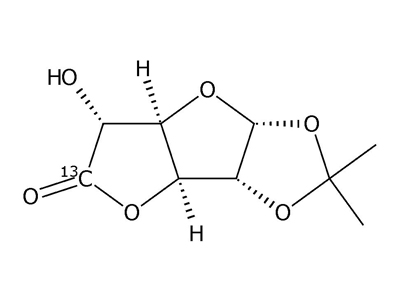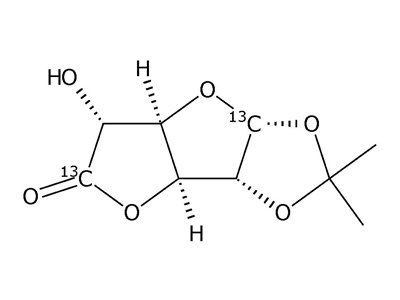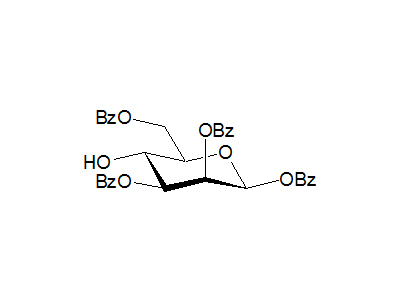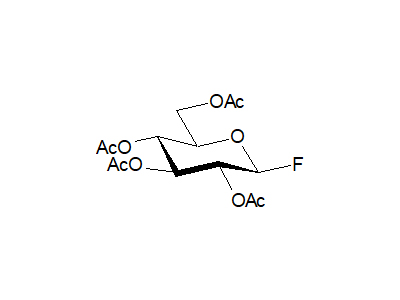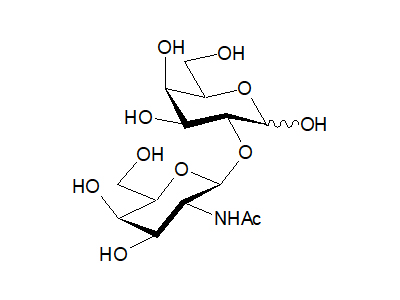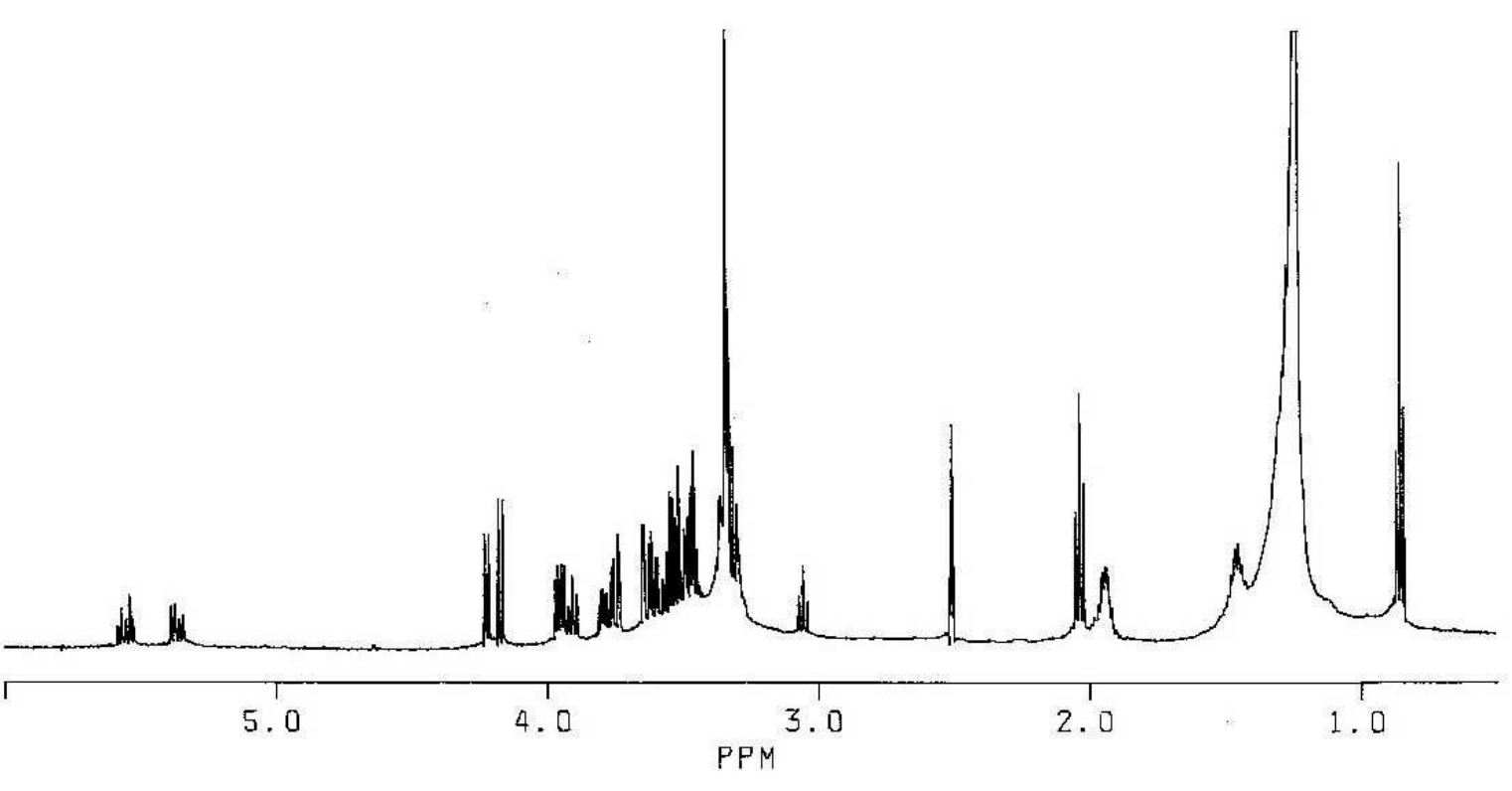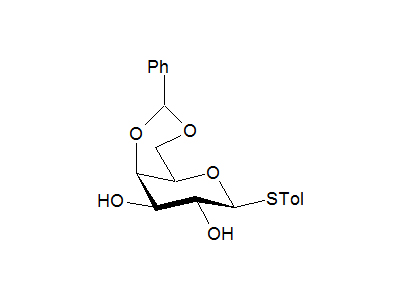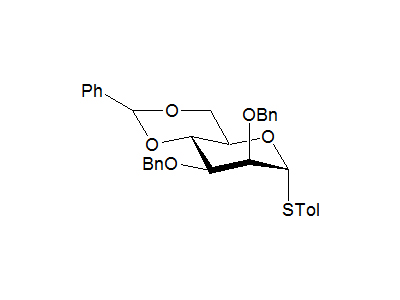-
Xylose quantitative standard
-
需要定制不同规格吗?请联系我们。
Xylose quantitative standard, 100nmol Xylose can be used as an internal standard when performing monosaccharide analysis. It is a monosaccharide not typically found in mammalian or yeast expression vectors. Ludger Monosaccharide Analysis Guide Monosaccharide analysis is a regulatory requirement laid out in the ICH Q6B guidelines for the characterisation of biopharmaceuticals. This information can be used at all stages of drug development as a method of determining the type of glycosylation (N-linked and/or O-linked) and the extent to which glycosylation has occurred. It can also be used to demonstrate consistency between batches for QC lot release during the manufacturing process. A widely used method for monosaccharide analysis is as follows: Release of monosaccharides from the glycoprotein by mild acid hydrolysis. Fluorescent labelling of released monosaccharides with 2-aminobenzoic acid (2AA). Relative quantitative analysis of 2AA-labelled monosaccharides by HPLC column or UHPLC. The LudgerTag™ Monosaccharide Release and Labelling kit (Cat No. LT-MONO-96) provides all that is required to release neutral and amino monosaccharides from glycoproteins and label with 2AA. The kit contains reagents and materials for up to 96 glycoprotein samples (typically, around 50 μg of glycoprotein per sample). It includes a quantitative standard (monomix) containing 6 monosaccharides. The monomix standard enables instrument calibration to quantitatively determine the monosaccharide components in your glycoprotein. We recommend a five-point calibration curve to be used for the monomix standard. Information on how to do this is explained in the kit guide. Xylose, a monosaccharide typically found in plants and insects but not mammalian or yeast expression vectors, is also included. It can be used as an internal standard (i.e. added to each sample before labelling). This allows compensation for any pipetting/sample preparation errors that may have occurred during sample processing. We also recommend a purified glycopeptide standard, the first in a range of Ludger BioQuant™ quantitative standards, as a positive control. This quantitative standard (Cat No. BQ-GPEP-A2G2S2-10U) is a complex biantennary N-linked glycan terminating in two N-acetylneuraminic acids. Using this standard will enable you to check the efficiency of glycan release, labelling and recovery and will give you confidence in the accuracy of your monosaccharide measurements. We offer two choices of columns for analysis of the labelled monosaccharides depending on whether you are using HPLC or UHPLC systems in your laboratory. If using an HPLC, the LudgerSep™ R2 column (Cat No. LS-R2-4.6x150) gives a very good separation of the seven main monosaccharides found in most N-link and O-link glycans. If you have a UHPLC system we recommend using the LudgerSep™ uR2 column (Cat No. LS-UR2-2.1x50) which can perform an 8-minute separation per sample.
-
-
-
1,2-O-Isopropylidene-β-L-idofuranuronic-6-13C acid γ-lactone
-
-
-
1,2-O-Isopropylidene-β-L-idofuranuronic-1,6-13C2 acid γ-lactone
-
-
-
1,2,3,6-Tetra-O-benzoyl-β-D-mannopyranose
-
-
-
2,3,4,6-Tetra-O-acetyl-β-D-glucopyranosyl fluoride
-
-
-
2-O-(2-Acetamido-2-deoxy-β-D-galactopyranosyl)-D-galactose
-
-
-
Lactosylceramid
-
-
-
4-Methylphenyl 4,6-O-benzylidene-1-thio-β-D-galactopyranoside
-
-
-
4-Methylphenyl 2,3-di-O-benzyl-4,6-O-benzylidene-1-thio-α-D-mannopyranoside
